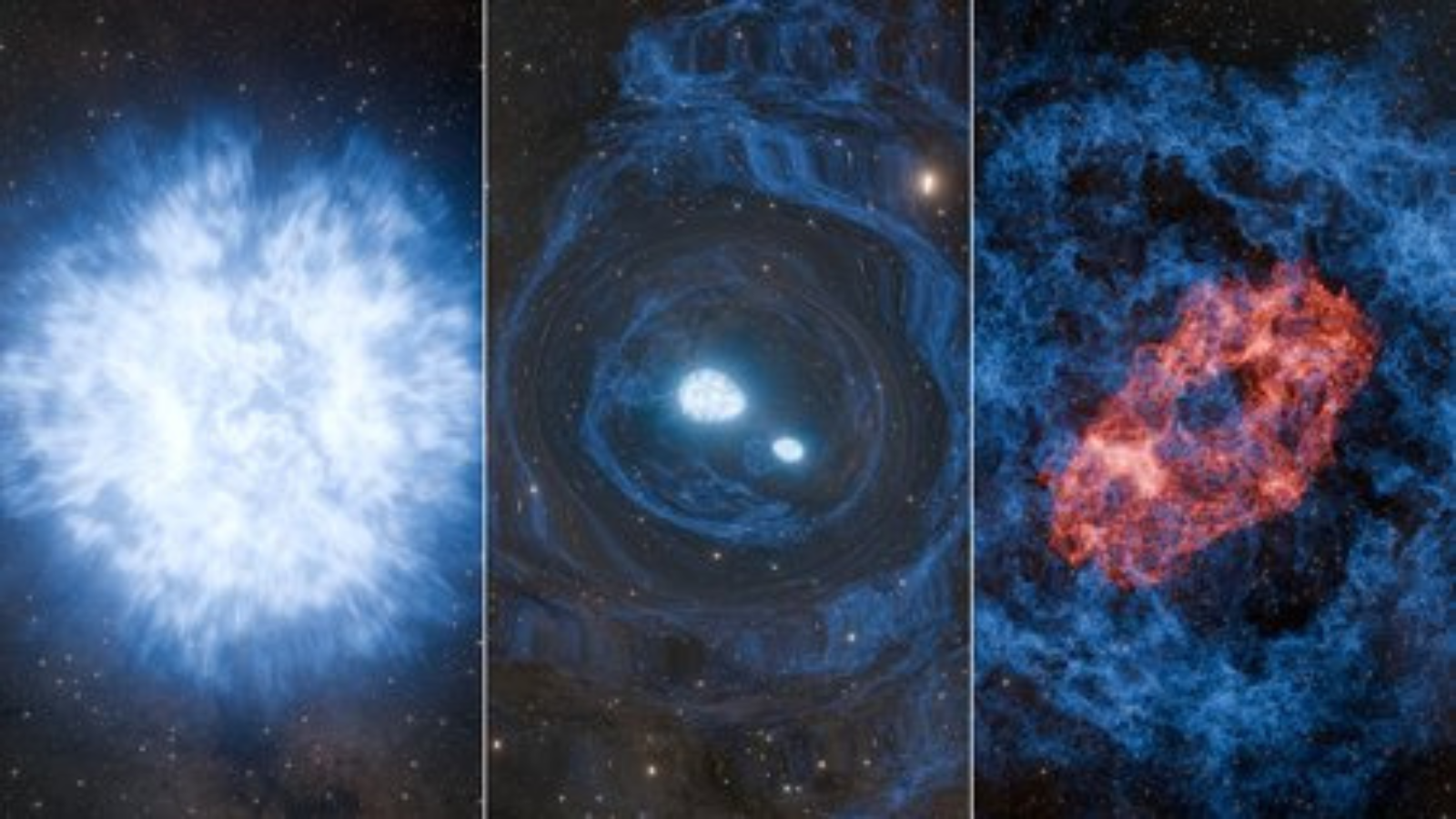Universe in a Box: Collapsable Telescope Offers Multiple Uses

Borrowing from amateur astronomers, German researchers have developed a folding space telescope that collapses into the size of a large suitcase during launch but which unpacks to its full length once in orbit.
The new telescope could make satellite photography of the earth and stargazing from space more affordable and might one day serve as a cheap probe to distant worlds.
To create the Dobson Space Telescope (DST), researchers at the Technical University of Berlin in Germany took advantage of the fact that, in many telescopes, the space between the mirrors consists mainly of empty space.
By collapsing that space, the team was able to reduce the DST's volume during launch by 70% and its weight by 50% compared to other space telescopes with similar apertures.
The DST will be launched in a folded configuration, thus avoiding the harsh stresses endured by traditional space telescopes during launch. This means it can be built with less rigid and lighter materials, which translates into reduced costs and savings that can be passed on to consumers.
One area where the DST is expected to make a large impact is in the field of satellite photography. One square mile of satellite imagery currently costs about US $40, making it affordable to only those consumers with deep pockets like the U.S. military or other governments.
The DST wouldn't be the first folding telescope deployed into space, but it would be one of the few to have its mirrors collimated, or aligned, while there. Most foldable space telescopes are collimated while on earth; this is a cheaper and less technical alternative to adjusting while in space but the mirrors can become misaligned during launch.
Breaking space news, the latest updates on rocket launches, skywatching events and more!
Also, unlike the James Webb Space Telescope--the planned successor of the Hubble Space telescope, expected to launch in 2011--only the DST's truss, or chassis, will be foldable and not its mirrors.
The DST began in 2002 as part of a satellite design course in the Astronautics department of the university. Tom Sergert, the DST project manager, told SPACE.com that he came up with the idea of a folding telescope after realizing that amateur astronomers had already solved one of the major problems the team was struggling with: how to fit a large telescope inside a limited space.
For micro-satellite developers, that limit is the amount of space available in the launch vehicle, but for amateur astronomers, it was the trunk of their cars, Sergert said in an email interview.
Amateur astronomers get around the problem by taking apart their telescopes and reassembling them again after transport, often using little more than their eyes and hands and a screwdriver.
"Since you normally don't have the chance to let astronauts assemble the telescope in space, the basic idea was just to replace the hands and screwdrivers by motors and the eyes by a camera," said Sergert, who is an amateur astronomer himself.
Two and a half years later, the team has a working prototype and support from the European Space Agency (ESA). Testing of the folding mechanism was recently performed aboard a special ESA aircraft able to simulate zero gravity.
"It worked perfectly," said Sergert. "The deployment was very smooth, much better than under gravity conditions."
Testing of the alignment mechanism will begin later this summer and an orbit experiment is expected sometime around 2008.
In addition to providing satellite images of Earth, Sergert believes that the DST could be turned to gaze upon the rest of the cosmos or serve as a cheap probe to distant worlds like the Moon and Mars.
The DST is named in honor of John Dobson, an amateur astronomer who is famous for designing inexpensive telescopes that can be built using cheap, everyday parts.
Sergert said that while he is aware that the Dobsonian telescope used by amateur astronomers is not foldable, he thinks the name is suitable because the motivation behind the development of the DST and Dobson's telescope is similar.
"The general idea of John Dobson was to bring astronomy to more people. Dobson's design led to telescopes that amateur astronomers 10-15 years ago could not even dream of," Sergert said. "This is what we would like to do in space."
Ker Than is a science writer and children's book author who joined Space.com as a Staff Writer from 2005 to 2007. Ker covered astronomy and human spaceflight while at Space.com, including space shuttle launches, and has authored three science books for kids about earthquakes, stars and black holes. Ker's work has also appeared in National Geographic, Nature News, New Scientist and Sky & Telescope, among others. He earned a bachelor's degree in biology from UC Irvine and a master's degree in science journalism from New York University. Ker is currently the Director of Science Communications at Stanford University.
